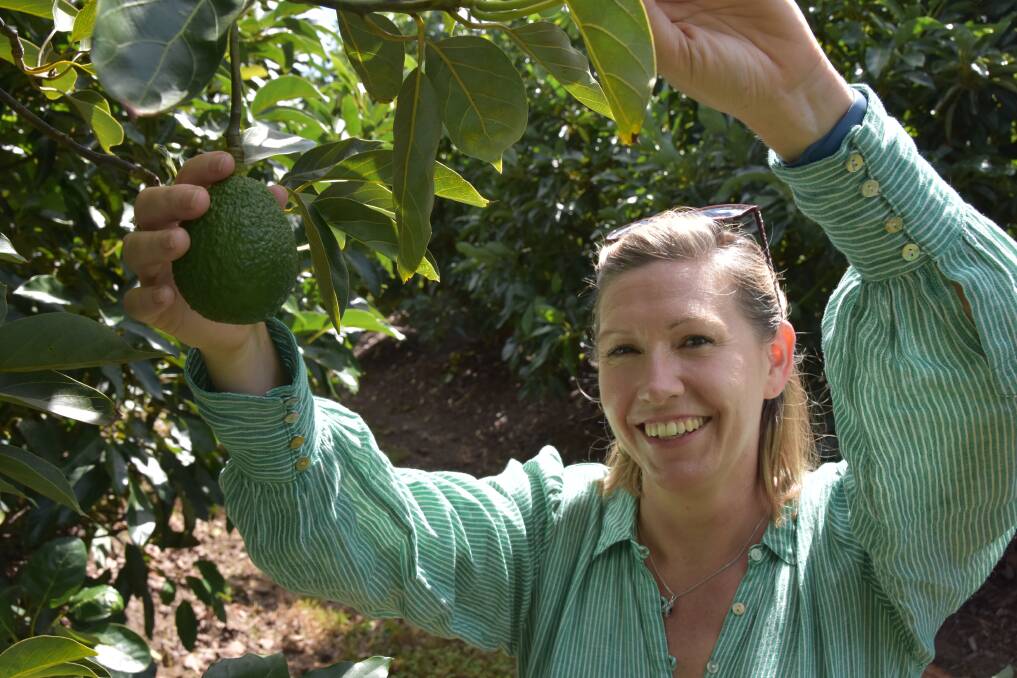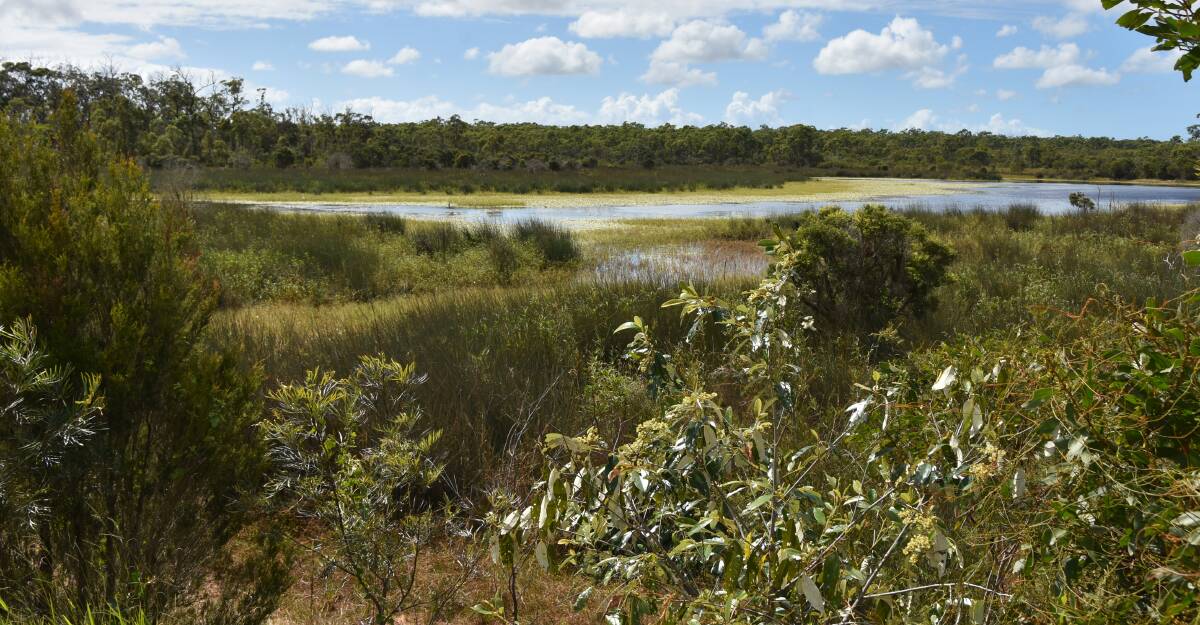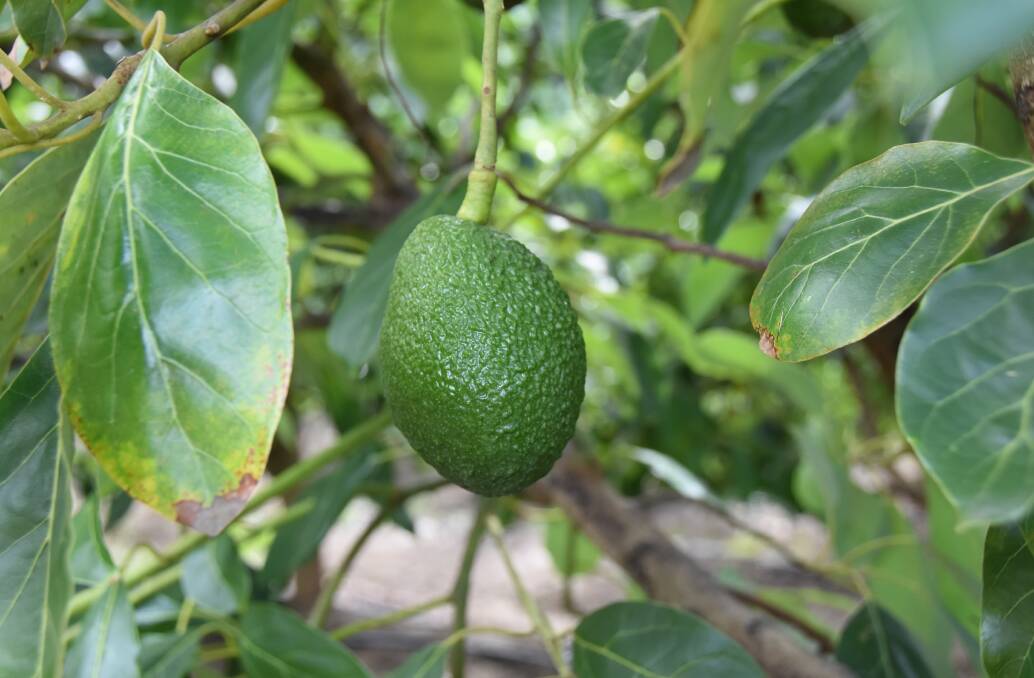High density avocados guarding reef

This is branded content for Department of Agriculture and Fisheries.
LISA Fyffe has no time for pole saws.
"Throw your pole saws out. They aren't ideal in our system," Mrs Fyffe said.
The agronomist (Ripe Horticulture) and owner of Dandy Produce, Bundaberg believes in a savage approach to pruning avocado trees, saying many growers are afraid to prune hard.
The heavy yearly pruning schedule is part of her 40 hectare high density trial orchard based on sustainable farming practices that are also profitable.
"Avocados are so good, they'll just grow. Every year we bring them right back down so the light can get in," she said.
It's a strategy fellow Bundaberg-based agronomist Chris Searle, MacAvo Consulting agrees with.
"You are creating an ecosystem and you are trying to replicate a rainforest," he said.

Both individuals are part of a concerted push within the avocado industry to adopt proven methods that not only preserve the land quality but also lower impacts on the environment, including the Great Barrier Reef.
Mrs Fyffe's husband, Andy, was growing smallcrops and sugarcane when Mrs Fyffe suggested they embark on their avocado journey despite the soils being regarded as poor, sandy loam.
Trees are planted at 3m by 3m, a tighter fit than the conventional 5m by 9m or 4m by 9m.
The intensive nature of the orchard has been created for research purposes, to test and push every element of what's known about avocados.
Life in the middle
ONE of the most important parts to the high density orchard is the interrow.
Dandy Produce has sown a mixed grass species including Wynn cassia and Rhodes grass.
The grass cover enhances infiltration helping retain moisture in the soil and slows run-off, preventing sediments, nutrients and agri-chemicals being transferred off farm.
"Our aim with the high density orchard is to maintain the grass in the midrows," she said.
In keeping with the innovative thinking, the farm utilised drones to sow the grasses down the narrower rows, something Mrs Fyffe described as "well worth it and cost effective".

Every fifth row is an access row.
However, as the trees' canopies develop and shade increases, the grass doesn't grow as well.
This is one of the callings for the tough pruning policy as it allows more light in both within and under the tree, as well as onto the ground between.
Pruned branches and foliage are dropped on the ground then mulched and thrown back against the tree mound.
Mr Searle's advice to clients is to care for the interrow which can then be mowed and thrown against the trees as mulch.
Allowing the grass to grow long is not natural for many growers.
"It's hard. It's a psychological thing for farmers. For most farmers, all their social worth has been, if the farm looks neat then I'm a good farmer," Mr Searle said.

"I go, the only thing that needs to look nice is the balance sheet. In the past we just farmed the trees and we didn't farm in the interrow. It's not just somewhere you run up and down with a tractor."
Research findings from the Department of Agriculture and Fisheries (DAF) Reef Water Quality Improvement Program show that maximised orchard interrow ground cover prevented the vast majority of sediment, nutrients and agri-chemicals being lost in run-off.
"Getting more light into the orchard and interrow via effective annual pruning facilitates better yields and better reef water quality outcomes," DAF senior research agronomist Stuart Irvine-Brown said.
Making much of mulch
DANDY Produce grows and bales its own Rhodes grass specifically for use as mulch under its 40,000-tree trial avocado orchard.
This results in large mounds which slowly break down below the trees, most of which are the Hass variety, while others include Carmen Hass, Shepard, Gem, Maluma and Edranol.
"The hay mulch is a good fit for people starting out on their sustainability story because you get results so quick. But it is a big outlay in costs," Mrs Fyffe said.
Pushing back the decaying mulch reveals fine, healthy avocado roots, spreading out below.

That's an ideal picture for Mrs Fyffe.
"Small white roots coming through say one thing: opportunity and potential," she said.
Adding mulch helps establish a longer term benefit with graduated bonuses along the way, Mr Searle said.
"The journey to the end point is equally as important as the end point," he said.
"If you put mulch on you're starting up here, and you have the full journey, and that creates the whole ecosystem."
"You've got to have a long term mindset. You're farming for the future. If they (growers) do things, right, they will make money for longer; they'll be on the farm longer and so you have to improve the value of the asset rather than running the asset down."

Mrs Fyffe said avocado trees are productive for 25-50 years, with the longevity directly related to management and how a grower looks after the soil.
Mr Irvine-Brown agrees mulch is key, particularly during rainfall periods.
"Maintaining ground cover with mulch and grassed interrows in the lead up to and during the critical rainfall period November to April is critical where farm topsoil assets need to be protected," he said.
Monitoring moisture
AN 800ML dam supplies the drip irrigation under all trees at Dandy Produce, in conjunction with access to the irrigation channel scheme.
Prior to planting avocados, the Fyffes installed extensive subsoil drainage to ensure excess water is channelled to a central point for monitoring and recycling.

Like many avo growers, the Fyffes use soil moisture probes to ensure water and nutrients are added at precise times, hitting the right areas.
They also use weather monitors and plant-based sensors, such as sap flow sensors which measure the flow of sap from roots to leaves.
They extrapolate this weather and evaporation data, coupled with soil moisture sensors to get a better idea on how much water the tree is using throughout the season.
"As you water, you can see exactly how far the water goes down," Mrs Fyffes said.
"So in that water you are usually putting nutrition. You don't want that going anywhere past the roots. You are actively managing that to stay in that top 40cm anyway."

Delivering orchard fertiliser in the right form, at the right time, with the right rate, to the right place is something which DAF is currently focusing on to assist industries such as avocados.
Specifically, to obtain the best return on nutrients and maximise fruit quality outcomes while minimising any risks of nitrogen and phosphorus from impacting reef water quality.
Both agronomists agreed there is plenty in the wings for the avocado industry, with plenty of unknowns to tackle and seize growing export opportunities awaiting overseas.
"That's the exciting thing about avocados - there is still so much to learn," Mrs Fyffe said.
- For more about other producers using new techniques and innovations to improve practices in reef catchments, visit: qld.gov.au/FarminginReefCatchments or call DAF on 13 25 23.
This is branded content for Department of Agriculture and Fisheries.


